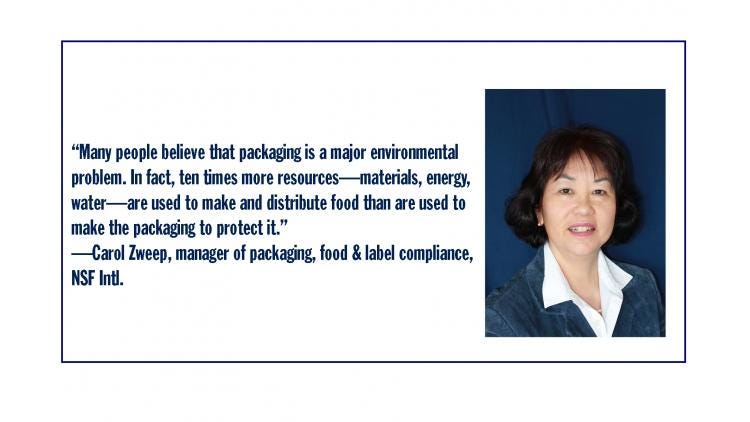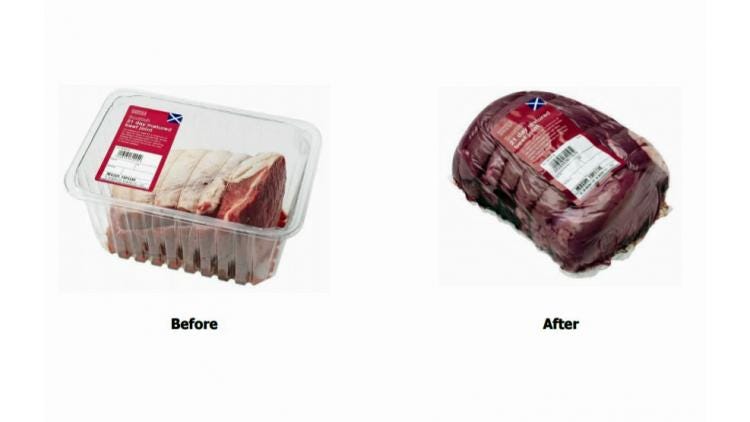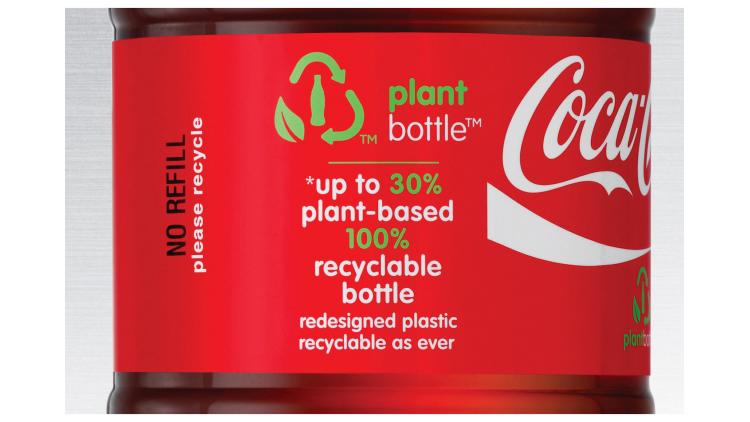May 2, 2017

Carol Zweep of NSF Intl. shares crucial facts and insightful advice about the role of packaging and sustainable biomaterials that can help take a bite out of food waste.
According to the dictionary, the noun waste is defined as “an act or instance of using or expending something carelessly, extravagantly, or to no purpose.” The waste of food seems an especially egregious thing considering that it has mushroomed to epic proportions globally. The Food and Agriculture Organization of the United Nations published a study showing that roughly one-third of food produced for human consumption is lost or wasted globally, which totals about 1.3 billion tons per year. Food is lost or wasted throughout the supply chain, from initial agricultural production down to household consumption. According to the U.S. EPA, more than 38 million tons of food waste was generated in stateside in 2014, with only 5.1% diverted for composting.
In Canada, $31 billion worth of food ends up in landfills or composters each year with 47% of food waste happening at home (Value Chain Management International, 2014 report).
“Packaging techniques such as modified atmosphere packaging (MAP) and packaging innovations such as active and intelligent packaging are being used to combat food waste,” says Carol Zweep, manager of packaging, food & label compliance, NSF International.
Zweep will tackle this big, complicated and on-trend topic in her presentation, Cutting back food waste through sustainable packaging, on Tuesday, May 16 from11:15–11:45 p.m. at a free Center Stage session during the Advanced Design & Manufacturing (ADM) Expo Toronto May 16-18, 2017, in Canada. Zweep responds to our questions in this Q&A.

What’s a common myth about food waste?
Zweep: Many people believe that packaging is a major environmental problem. In fact, ten times more resources—materials, energy, water—are used to make and distribute food than are used to make the packaging to protect it, according to the INCPEN (The Industry Council for Research on Packaging and the Environment).
Do you sense interest in food waste growing?
Zweep: There has certainly been global interest on food loss and waste. There are many initiatives around the world to address this issue. In 2015, the USDA and EPA announced a national food waste reduction goal, calling for a 50% reduction by 2030. The United Nations is adopting a similar objective as part of their new Sustainable Development Goals. France banned food waste, forcing supermarkets to sign agreements with charities so no edible food ends up in the trash. Italy's Senate has passed a law that makes donating food easier for businesses and offers tax credits to supermarkets and farmers who donate. There is a proposal for a National Food Waste Reduction Strategy in Canada.
What is the major difference in addressing food waste for packaged foods distributed through traditional retail channels vs. packaged food in foodservice markets?
Zweep: Foodservice institutions tend to purchase food in bulk. This often leads to more waste than smaller portion packages that can be used up before food spoilage occurs. Retail packages are usually portioned for use within a reasonable period of time.
What’s a piece of advice about reducing food waste through packaging that you can share?
Zweep: Companies can start their food waste initiative by creating a waste reduction plan to measure the impact of package use on the shelf life of their product. The packing conditions, package format and materials can then be optimized to maximize shelf life and minimize food waste. The shipping container and pallet configuration should also be reviewed and optimized to minimize product damage.

Can you reference any success stories?
Zweep: These two examples come immediately to mind:
Goodfella’s changed the design of its pizza box in the U.K. allowed for better stacking. The company cut the number of pizzas damaged before they reach the consumer by 75%, thus reducing food waste.
U.K. retailer Marks and Spencer replaced a plastic tray with a skin pack for its beef joint product (shown above). The packaging weight was reduced by up to 69% and also kept the meat fresher for up to four extra days reducing waste.
Source for information and image: WRAP
One way to reduce food waste is through the use of barrier packaging, but that can mean higher costs in markets where margins are razor slim. How can companies solve this dilemma?
Zweep: The requirement for barrier packaging to extend shelf life depends on the product’s sensitivity. Barrier packaging provides protection from external factors such as oxygen, moisture and light. Without barrier packaging, the quality of the product may be compromised and the shelf life shortened. Companies will need to decide if the added cost of barrier packaging will offset shortened shelf life and weigh the risk of dissatisfied consumers and loss revenue due to unsold product.
Is it also a dilemma to have food waste reduction using packaging that’s sustainable?
Zweep: Deciding which package system has lower environmental impacts, or is more sustainable, is not always straight forward. The best way to decide is to perform a Life Cycle Assessment, which measures the environmental impacts of the package through the entire life cycle from production, usage to disposal. This can be a long and expensive endeavour.
Some practical approaches to sustainable packaging are to apply the 3R’s (reuse, reduce, recycle), use renewable and responsibly sourced materials and improve the efficiency of the manufacturing process and distribution system. The package design should be optimized to protect and preserve the product in order to minimize food waste.

What role does biodegradable packaging play?
Zweep: Most compostable (biodegradable) packaging are not collected and composted, but end up in landfills where anaerobic degradation occurs. This forms methane, which has than 25 times the strength as a Green House Gas compared to carbon dioxide, according to the EPA.
The better approach to sustainable packaging is to use bio-based materials that use renewable resources, reduce the carbon footprint and can provide an alternate end-of-life scenario through composting or recycling. An example of using a bio-based material is Coca-Cola’s PlantBottle. This bottle is made of material that performs and recycles like conventional petroleum based plastic, but is partially made from plants (a renewable resource).
What packaging services do you offer that can help with food waste reduction?
Zweep: NSF International can test barrier properties of packaging (Oxygen Transmission Rate and Water Vapor Transmission Rate), perform MAP studies and evaluate active and intelligent packaging to extend product shelf life.
What takeaway do you want to leave attendees with?
Zweep: Packaging can extend product shelf life thus preventing food waste. Consumer and industry education and awareness of the issue and practical solutions will go a long way to address the food waste problem.
Industry must balance consumer demands for sustainable packaging with demands for convenience, performance, appearance and cost. A quality package should protect and preserve the product and deliver it safely to the consumer.
Carol Zweep is the manager of packaging, food & label compliance at NSF International. The department performs both packaging and shelf life studies as well as reviews and assists in food regulatory and labeling projects. Zweep has also delivered courses, judged competitions and written trade magazine articles on packaging.
___________________________________________________________________________________
You’ll find examples and ideas to optimize packaging for food and other products and much more at the Advanced Design & Manufacturing (ADM) Expo Toronto where 5 events— PACKEX, Automation Technology Expo (ATX), PLAST-EX, Design & Manufacturing and Powder & Bulk Solids (PBS)—can be found under one roof May 11-13, 2021 in Toronto.
___________________________________________________________________________________
You May Also Like


